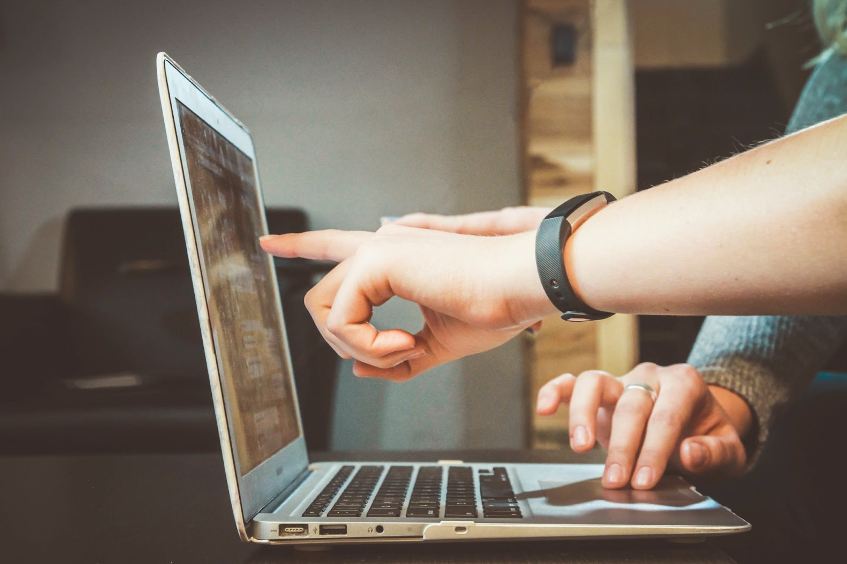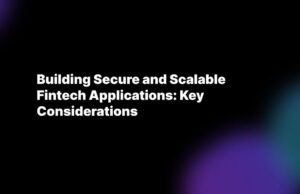It is no secret that photographers rely on their camera the most when doing work. However, one also has to consider the fact that taking pictures is just one side of the work.
After you are done shooting, you need to work on editing photos. And for that, you need a computer.
As a photographer, you should look for a reliable and powerful machine that reduces the risks of technical issues, meaning that you do not end up with a slow Mac or MS Windows computer, for example.
Hardware comes as the most important thing when determining whether a computer is powerful and reliable enough.
SSD or NVMe
Switching to SSD from a hard drive is noteworthy due to the faster performance that the latest drivers deliver. However, by installing an SSD, you have only entered the arena of better storage output. New generation M.2 NVMe drives are way too advanced.
Latest NVMe drivers give up to 32 gigabytes per second speed, which is significantly faster than the 6 gigabytes per second speed of the SATA interface. Some M.2 drives can deliver up to 3500 Mbps read speed, whereas the best SSD can transfer data at 500 Mbps max.
The faster the RPM, the better output your storage media will render while handling read/write tasks. Installing at least an SSD will give you the performance boost you need to work as a pro. Once you experience it, you will never go back to traditional storage drives.
RAM
Now the RAM requirement for photographers to process images is not defined, or there’s no minimum requirement that applies. As a photo editor, you must be using tools like Lightroom or Adobe Photoshop for editing images. Memory requirement depends on your usage.
Anything between 8 GB and 16 GB is ideal if you are using your computer exclusively for photo editing. If you are using it for high-end games or multitasking, having a computer with additional memory slots will make your device upgradable.
Upgrading RAM is not cost-intense, so you can configure your computer anytime later by yourself as your photo editing needs increase. More RAM will help you handle work pressure when working with multiple resource-heavy image editing applications.
Graphics Card
Many photographers believe that having a graphics card and a GPU is mandatory for getting high-quality graphics output. That’s not true, though. If your laptop integrates some kind of graphics card, such as a minimum 2 GB card, you may not require an external one.
However, if your budget allows, it’s worth investing in a graphics card, particularly when you are a gamer too. Several photo-editing tools may speed up image processing with a graphics card, but you hardly see any difference unless you use your computer for hardcore gaming.
Being a photographer, you might be editing videos as well. Adding a graphics card can help you if you are a video editor along with an image editor. This can be something where a graphics card can make a difference, particularly when you are going with a laptop route.
Helpful Tips
Here is the synopsis of hardware requirements that you may consider at the time of purchase to get an optimal device.
- Emphasize having the best processor with as many cores as possible. That major part of your day-to-day task will depend on the processor, so get a bigger one.
- Go for a 16 GB memory if you can afford it. Else, buy an upgradeable device so that you can add more memory as and when required to meet your photo-editing needs.
- Buy 1 TB storage and go for an SSD of not M.2 NVMe for ensuring faster read/write operation when working on a heavy project with a large volume of images.
- Invest in a desktop computer rather than a laptop if mobility is not a necessity for you. Desktops are easy to upgrade, simple to troubleshoot, and offer longevity.
- Install a bigger screen to your setup, whether you are using a desktop or a laptop. This will give you more screen space, and you can edit images with more precision.
- Invest in monitor calibration as it will make your photos look more real. So when you are buying a monitor, go for a calibrated one for better output.
- Keep yourself up-to-date with deals and discounts to buy a computer at a much more affordable price. You may get a better version in your budget.
- Research thoroughly to get an appropriate computer that can simplify your photography and photo-editing-related tasks.
- Take a note of computer specifications when buying a photo-editing app to ensure better compatibility and functioning on your device without any glitches.
- Check for ports so that you can easily connect multiple camera accessories. This is one of the top requirements whether you are buying a laptop or a desktop.
Summary
If you want to know about the latest computer for photographers, you may either type in “best computer for photographers” or “best computer for photo-editing” in Google. You will get updated information on the devices that are most popular at that moment.
Note down your specific requirements before you finalize a device for your daily work chores. As stated earlier in this article, deciding the operating system will simplify your search, so first, decide whether you want to buy a Mac or a Windows computer.




